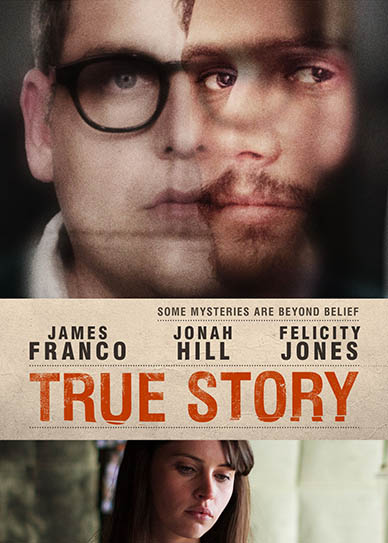

Planes ominously and obliviously fly over buried treasure, preparing for war. The Dig celebrates one of the most significant ancient finds in UK history whilst acknowledging the ever-present shadow of death in Edith’s strained heart. There’s something timely in the discovery of good news against the backdrop of bad. Edith is the young, widowed landowner with a shared interest in archaeology and a curiosity to discover what lies below the huge mounds of earth on her land. Brown delivers life lessons with both a gentle understatement and – my Suffolk friends tell me – a very credible accent. It centres on Basil, the self-taught excavator. This month’s most-viewed Netflix film tells the true story of the Sutton Hoo excavation in Suffolk in 1939 and the subsequent discovery of an Anglo-Saxon king’s burial ship. In The Dig, it’s found in conversations more than excavations.

Sometimes treasure is found in surprising places. From the first human handprint on a cave wall, we’re part of something continuous.

We don’t live on.’īasil Brown – ‘I’m not sure I agree.


 0 kommentar(er)
0 kommentar(er)
